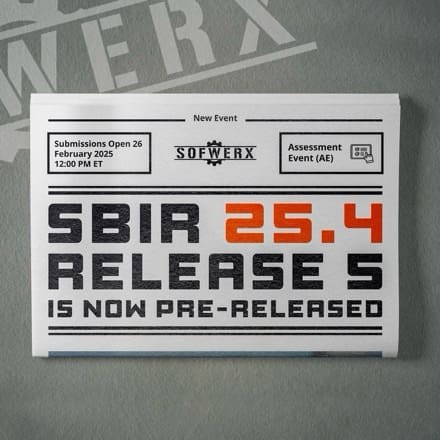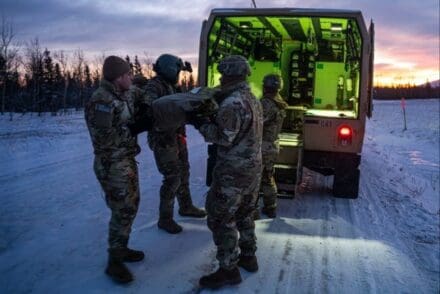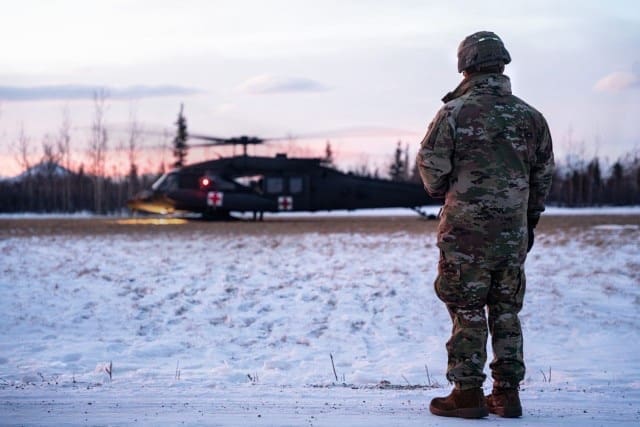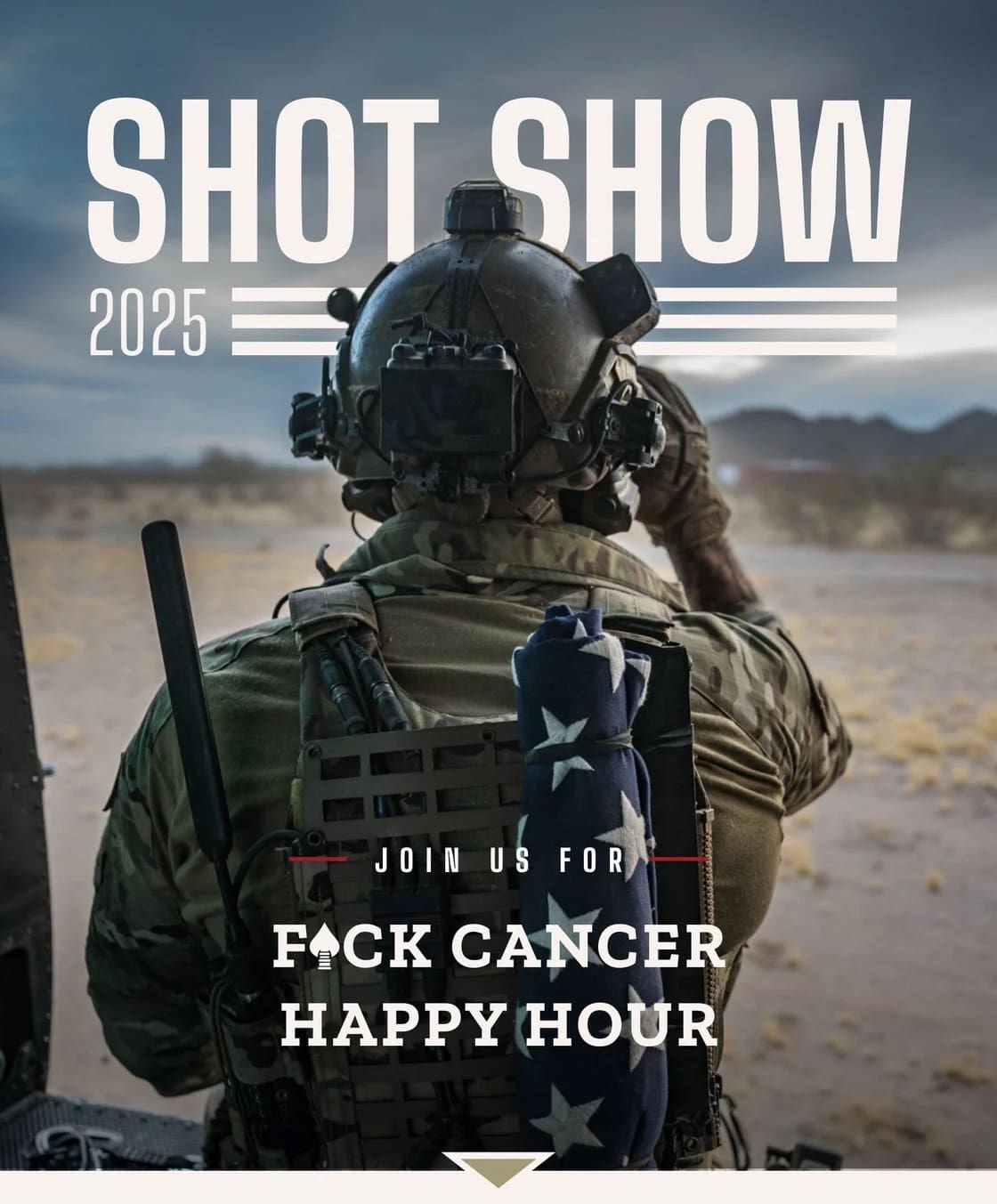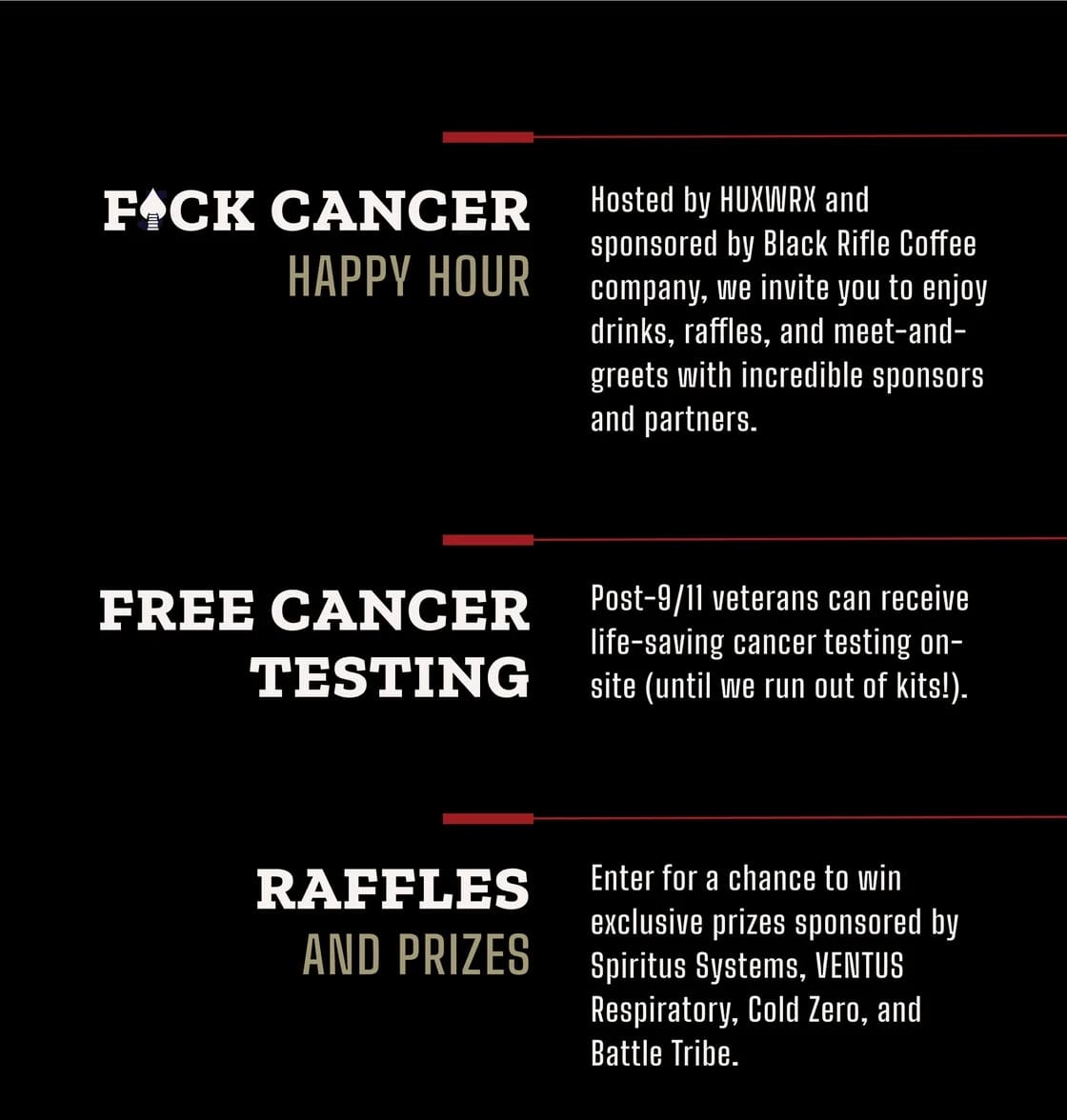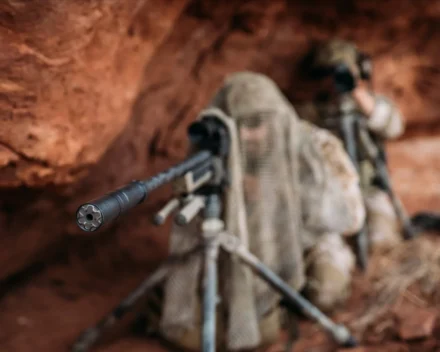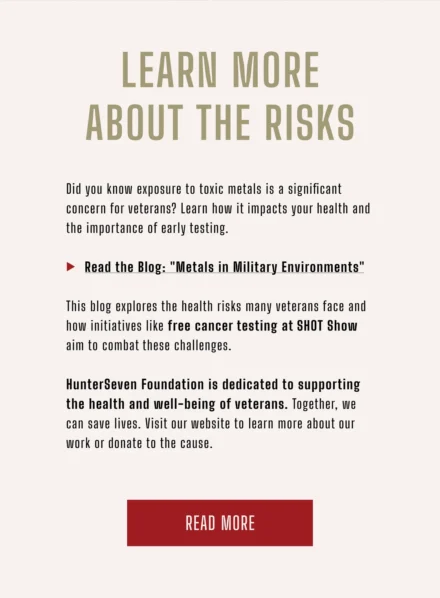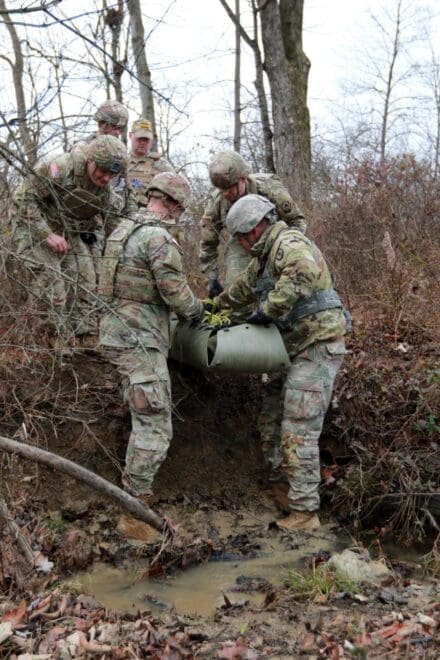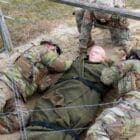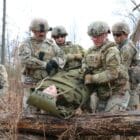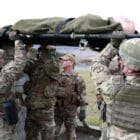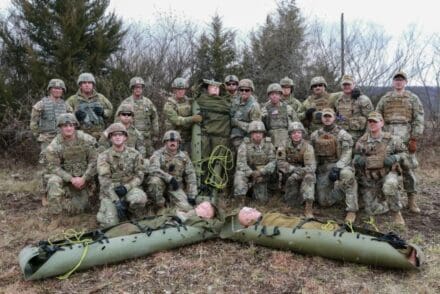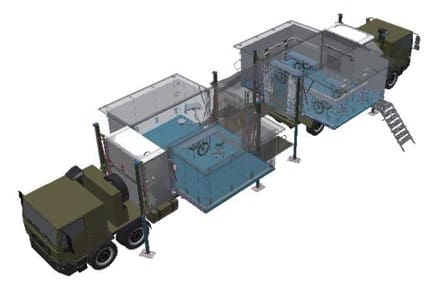FALLS CHURCH, Va. –
On April 1, the TRICARE Online Patient Portal will no longer be available. The Department of Defense’s new electronic health record—MHS GENESIS—has replaced the TOL Patient Portal. As part of the transition, the DOD is decommissioning the TOL Patient Portal.
If you want to keep a copy of your legacy health records for personal use, you must download them from the TOL Patient Portal before April 1.
“All military hospitals and clinics have transitioned to MHS GENESIS. We encourage you to take these important steps to save your personal health records before the TOL Patient Portal decommissions,” said Rear Adm. Tracy Farrill, Principal Deputy, Assistant Director for Health Care Administration, and Military Health System EHR Functional Champion at the Defense Health Agency. “Your medical history is a valuable resource for managing your health, and saving your records now ensures you have access if you need it.”
Here’s what you need to know before the TOL Patient Portal decommissions.
Why is the TOL Patient Portal decommissioning?
The MHS GENESIS Patient Portal has replaced the TOL Patient Portal. As detailed in the TRICARE Choices in the United States Handbook, MHS GENESIS allows you to access your EHR 24/7. You can also book and cancel appointments, request prescription refills and renewals, see clinical notes and certain test results, and exchange secure messages with your military healthcare team.
The change from TOL to MHS GENESIS eliminates the need to maintain two systems and streamlines EHR management.
What will happen to my records?
Provider access: Your provider will continue to have access to your complete health records.
Personal access: You can use the steps below to download your legacy records for personal use before April 1. You can also request a physical copy from your military hospital or clinic’s records management office. To do this, you’ll need to complete a request form in person, and then return at a later designated time to pick up the records. Beginning April 1, if you want your legacy health records, you’ll have to follow this process.
What should I do now?
To keep copies of your legacy health records, follow these instructions:
Visit www.TRICAREOnline.com.
Log in: Sign in using your DS Logon, CAC, or DFAS myPay credentials. If you don’t have a DS Logon, you’ll need to create one by clicking “Need An Account.”
Access: On the TOL homepage, click the blue “Health Record” button to view your personal health data.
Find data: Select “Download My Data.” You’ll see several data categories.
Customize: Choose the person, data types, date range, and format for the records you want to download.
Download: You can choose to download your records in portable document format (.pdf) or as a (.xml) continuity of care document. The CCD format allows you to share your data with family, caregivers, providers, and healthcare systems, or to document data in your preferred personal health record.
Save: After downloading, you can either open the file or save it securely for future use. You can also print your records and store them in a safe place.
Important details
Your records won’t transfer to MHS GENESIS once TOL decommissions.
Your TOL health records only reflect periods of time when your military hospital or clinic was using TOL. Note: If you moved from one duty station to another, and one military hospital or clinic used TOL and the other used MHS GENESIS, your records in MHS GENESIS may have gaps. You’ll find these “gap” records in the TOL Patient Portal. Be sure to download them.
You can only download your records from the past 30 years, from the date you log in to TOL.
Protect your health information. When you download or print your personal health information, it becomes your responsibility to keep it safe. Use secure options. Avoid saving personal data on unsecure devices or platforms.
It’s also important to know that if you’re planning to file a claim with the Department of Veterans Affairs, this decommissioning won’t affect your ability to do so. Providers will still have access to your complete health records.
Can I see my children’s health records?
Yes. You can view all available health data for your children under the age of 12. For children aged 12 to 17, you may view COVID-19, coronavirus, and flu test results, as well as allergies, vitals, and immunization data.
Due to state privacy laws, there are limits to what health data you can view online for your children aged 12 to 17. You can request printed results from your child’s clinic or provider.
Don’t wait—take action
Remember: The TOL Patient Portal will only be available until April 1. Take the time now to download and store your health records to ensure you can easily access them if needed.
To get started or learn more, visit the TOL Patient Portal.
By TRICARE Communications
